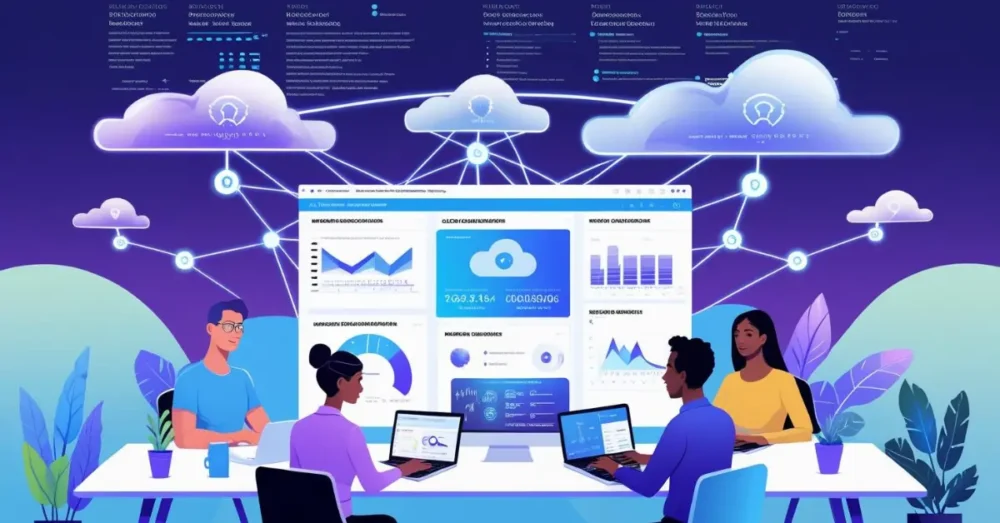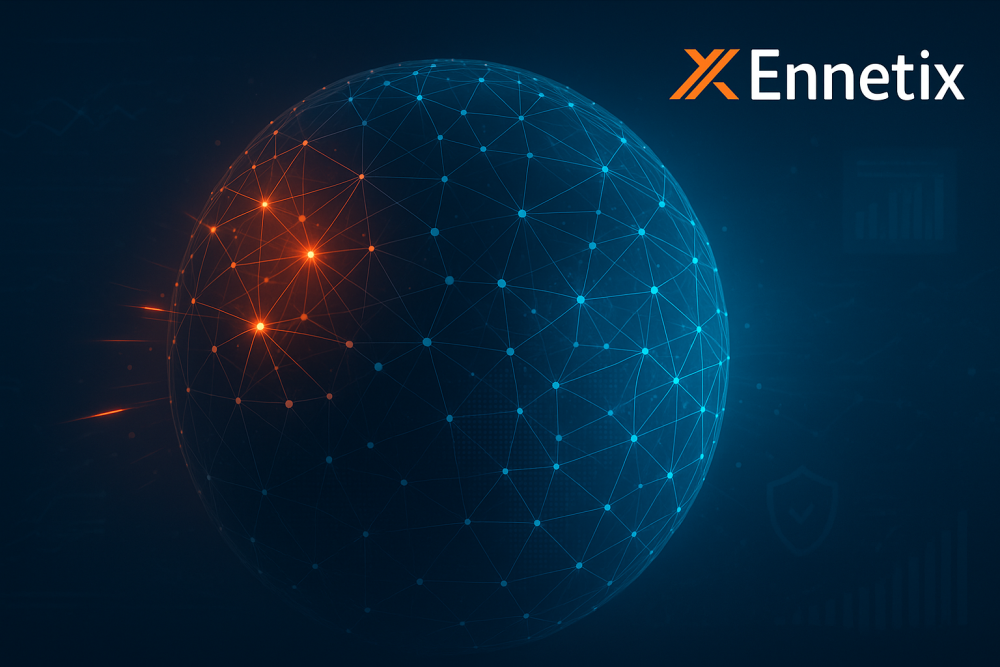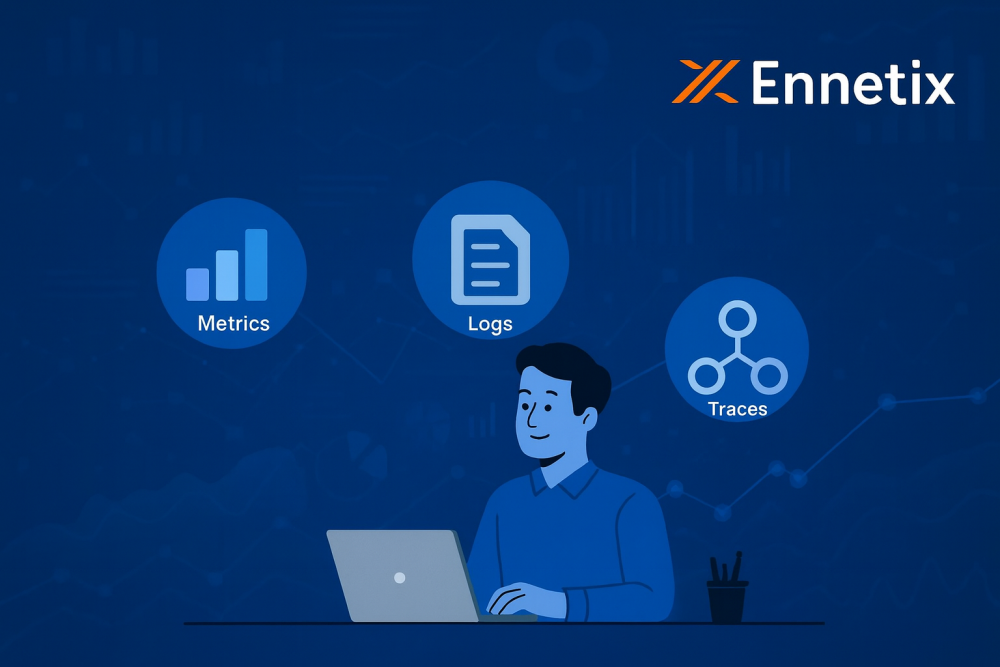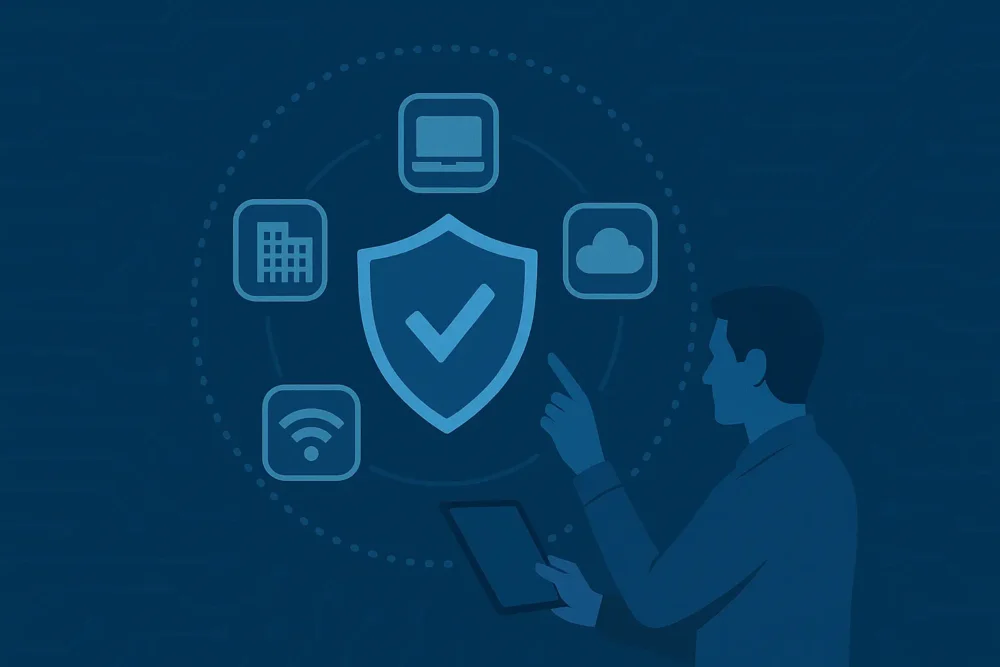
Why Ransomware Attacks Are Rising and How to Protect Your Organization
May 8, 2025
360-Degree Visibility: The Case for Unified Observability in Hybrid Environments
May 28, 2025The shift to remote and hybrid work models has transformed the IT landscape, introducing new challenges in ensuring seamless digital experiences for employees. Traditional monitoring tools often fall short in providing the visibility and responsiveness required in this distributed environment. Enter Digital Experience Monitoring (DEM) powered by Artificial Intelligence for IT Operations (AIOps) — a strategic approach to proactively manage and enhance the digital experiences of remote workforces.
The Remote Work Challenge
Remote work introduces complexities such as varied network conditions, diverse device usage, and decentralized IT infrastructures. These factors can lead to:
- Inconsistent application performance
- Increased troubleshooting times
- Reduced employee productivity
Without real-time insights into these issues, IT teams struggle to maintain optimal digital experiences for remote employees.
Understanding Digital Experience Monitoring (DEM)
Digital Experience Monitoring involves tracking and analyzing the performance and quality of digital services from the end-user perspective. Key aspects include:
- Real User Monitoring (RUM): Captures actual user interactions to identify performance issues.
- Synthetic Monitoring: Simulates user transactions to proactively detect problems.
- Endpoint Monitoring: Assesses device health and connectivity.
By implementing DEM, organizations can gain comprehensive visibility into the user experience, enabling proactive issue resolution and improved service quality.
The Role of AIOps in Enhancing DEM
Integrating AIOps with DEM brings intelligence and automation to monitoring processes, offering benefits such as:
- Anomaly Detection: Identifies unusual patterns that indicate potential issues.
- Automated Root Cause Analysis: Quickly pinpoints the source of problems, reducing Mean Time to Resolution (MTTR).
- Predictive Insights: Anticipates potential disruptions before they impact users.
This synergy enables IT teams to shift from reactive to proactive management of digital experiences.
Implementing AIOps-Driven DEM for Remote Workforces
To effectively deploy AIOps-enhanced DEM in a remote work setting, consider the following steps:
- Assess Current Infrastructure: Understand existing tools and identify gaps in monitoring capabilities.
- Select Appropriate Tools: Choose DEM solutions that integrate seamlessly with AIOps platforms.
- Define Key Performance Indicators (KPIs): Establish metrics to measure digital experience quality.
- Automate Response Mechanisms: Implement automated workflows for common issues to expedite resolution.
- Continuous Improvement: Regularly analyze data to refine monitoring strategies and enhance user experiences.
Benefits of AIOps-Enhanced DEM
Organizations adopting this integrated approach can expect:
- Improved Employee Productivity: Reduced downtime and faster issue resolution.
- Enhanced IT Efficiency: Automated processes free up IT resources for strategic initiatives.
- Better Decision-Making: Data-driven insights inform infrastructure and policy decisions.
Conclusion
As remote work becomes a permanent fixture in the modern workplace, ensuring optimal digital experiences is paramount. By leveraging Digital Experience Monitoring in conjunction with AIOps, organizations can proactively manage and enhance the digital environments of their remote workforces — leading to increased productivity, higher employee satisfaction, and overall business success.












